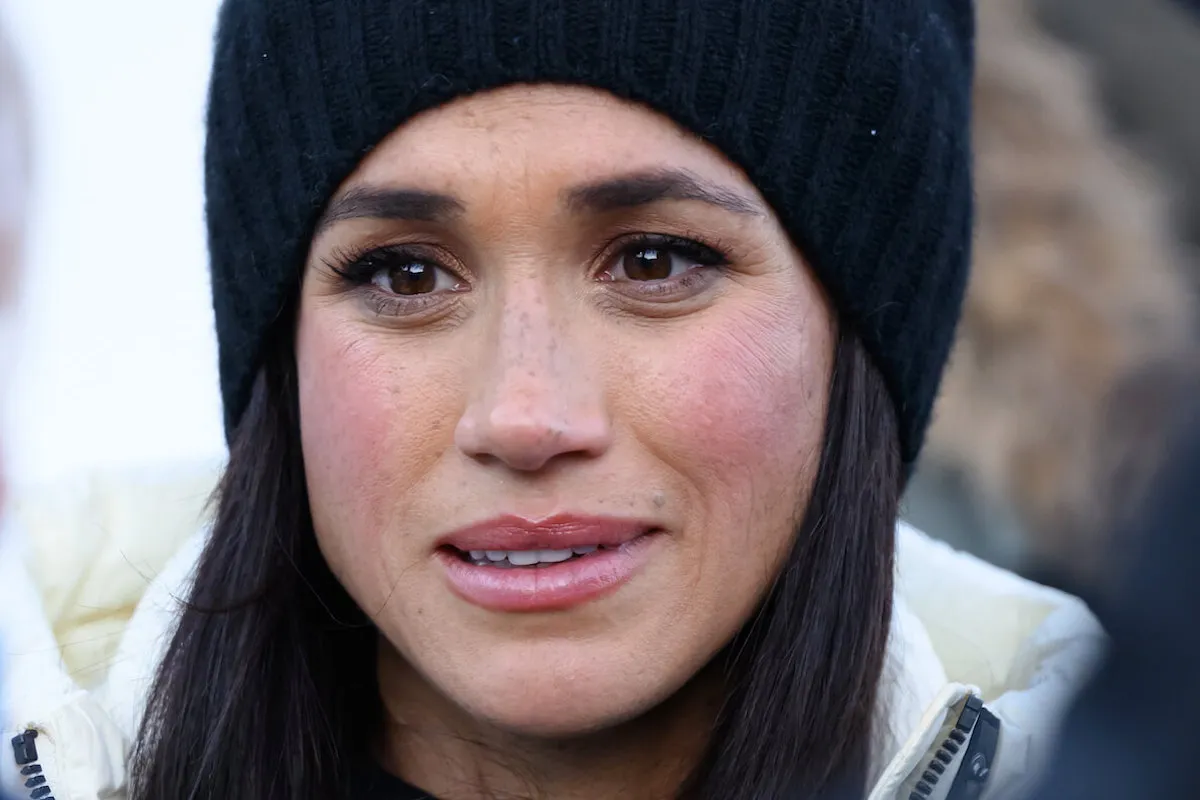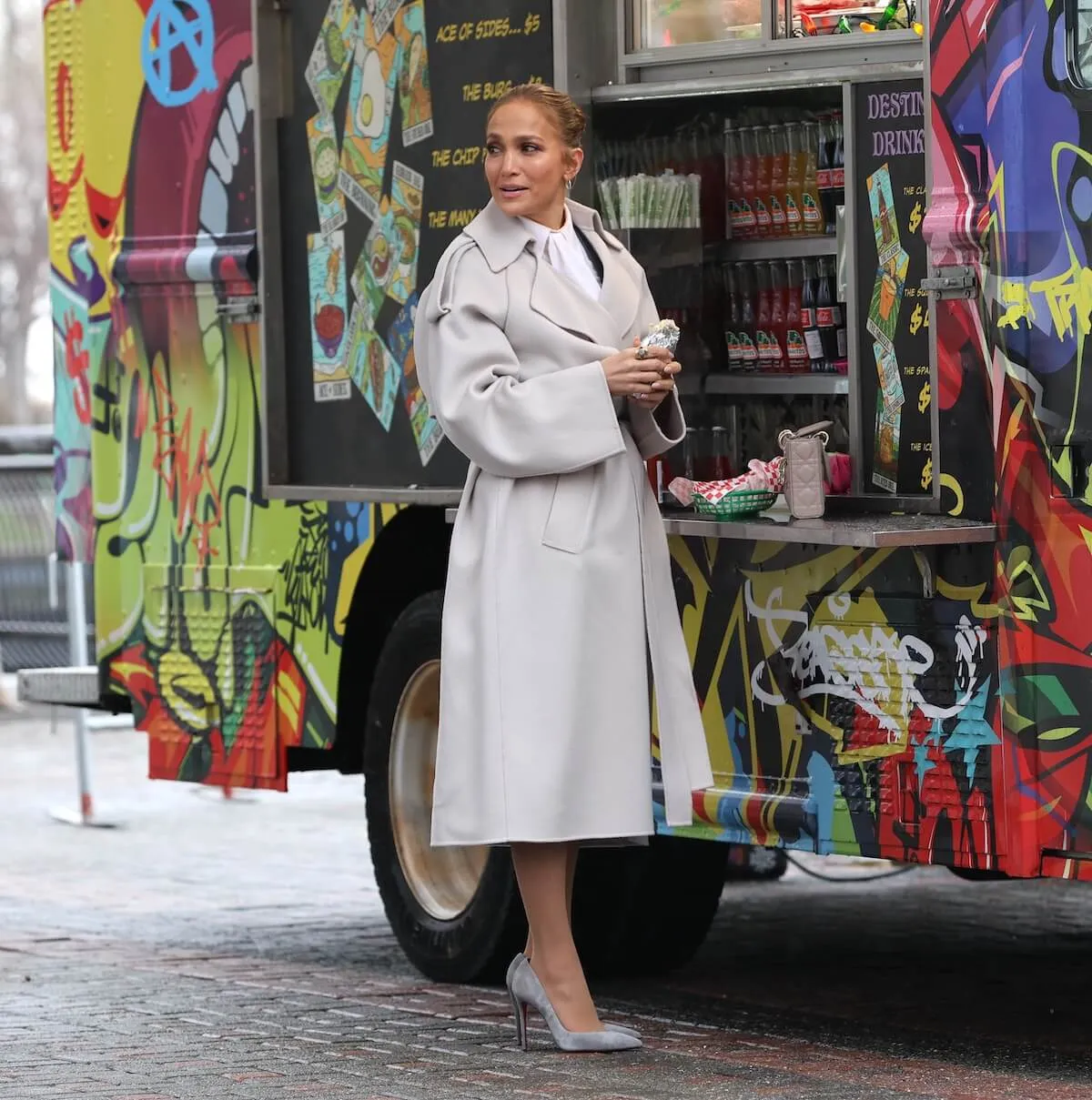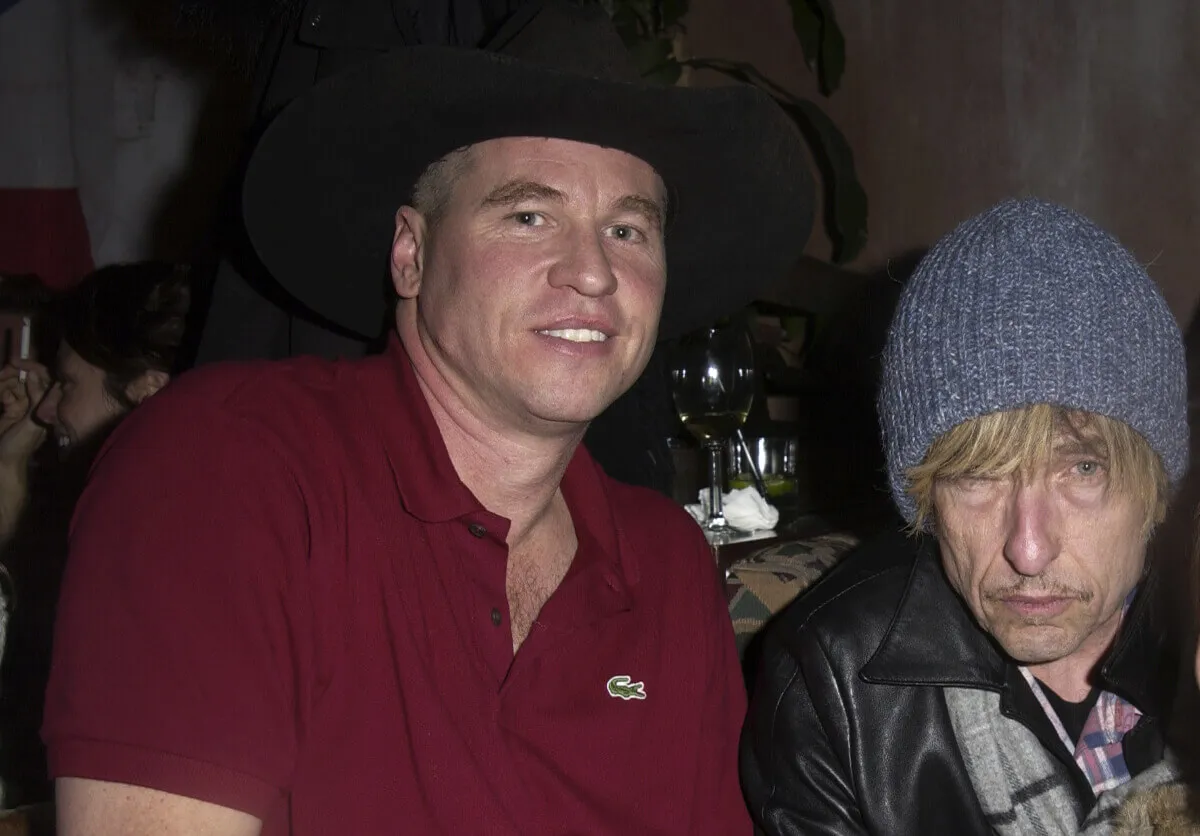5 Ways the New ‘Little Shop of Horrors’ Could Work
Like it or not, audiences need to brace themselves for another stop at the Little Shop of Horrors. The stage musical based on the 1960 B-movie was previously adapted for the screen in 1986. But now director Greg Berlanti (Love, Simon) is set to revisit the story of a man-eating plant named Audrey II.
While the project is still coming together, Taron Egerton, Scarlett Johansson, and Chris Evans are attached to lead the cast. Fans of director Frank Oz’s 1986 movie — which starred Rick Moranis, Ellen Greene, and Steve Martin — might be sharpening their pitchforks. But here are a few things the new Little Shop of Horrors needs to get right to win us over.

Flip the hero and villain dynamic
The new Little Shop of Horrors needs to set itself apart from the previous movie. To do so, it should shift the perspective a bit. While he delivered a great performance as Seymour, Moranis was ultimately a bit too sympathetic in Oz’s film. After all, Little Shop of Horrors is meant to be a satire.
So Berlanti should play up the more damaged, opportunistic side of Seymour. We should understand and even empathize with him. But he can’t be too good of a person, rather the kind of self-proclaimed “nice guy” who is secretly terrible. This change would make the ending — which we’ll get to — much more palatable and position Audrey II as more of an anti-hero.
Follow the stage musical’s score
For the most part, the 1986 Little Shop of Horrors sticks pretty close to the musical score of the stage production. However, it does make a few notable cuts — such as “Mushnik and Son” — that could be added back into the new version. Sadly, this would mean the elimination of the Oscar-nominated “Mean Green Mother in Outer Space,” which was created for Oz’s film.
Alan Menken composed the music for Little Shop of Horrors. So it would be unfortunate for the remake to make the same mistake as 2019’s Aladdin. That Disney hit included all the songs from the animated film. But rather than taking further inspiration from Broadway’s Aladdin, it created new songs. Why not use the existing material that never made it to the screen?
Stick with the 1960s period setting
Like previous incarnations of Little Shop of Horrors, we also hope it sticks to the period setting. The stage production is, after all, based on director Roger Corman‘s horror film released in 1960. In keeping with that era, Menken’s music is very doo-wop-inspired. Although the new Little Shop of Horrors should switch some things up, changing the setting would be a mistake.
A Little Shop of Horrors set in the present day wouldn’t only make the musical style feel egregiously out of place. It would also likely necessitate references to today’s technologically driven world. Perhaps there’s a way in which the threat of a man-eating plant in a computerized world could play. But it’s not worth taking the risk of dating the project with Twitter jokes.
Focus on using practical effects
This one is a biggie. If the new Little Shop of Horrors embraces the stage production’s ending, then Berlanti and company will almost certainly be employing CGI to make it happen. However, one of the coolest parts of the stage show and the 1986 movie is the puppetry used to bring Audrey II to life. So let’s not let the story this time become CGI overload.
As the story progresses, the character evolves from a simple hand puppet to something much larger and more complex. Once Audrey II develops buds, vines, and roots capable of moving around, we’re fine with these being rendered with CGI. As long as the Venus flytrap-like mouth of Audrey II is controlled by puppeteers, the integrity of its design remains mostly intact.
Keep the stage show’s dark ending
Ah, the ending. Little Shop of Horror fans only familiar with the theatrical cut of the 1986 film are missing much of the story’s history. In both the stage production and the movie’s director’s cut, Audrey II isn’t defeated quite so easily. Rather, it launches a full-on attack on humanity. Test audiences hated the ending, and Oz crafted a happier send-off for Seymour and Audrey.
But again, the new Little Shop of Horrors has an opportunity to do things differently. If the film sharpens its satire and makes minor adjustments to its characters, then Audrey II’s victory won’t seem devastating. Rather, the more cynical elements will rise to the surface. Humanity isn’t plagued by destruction in the original story; it’s getting its rightful comeuppance.


